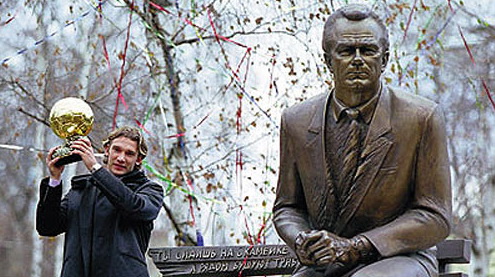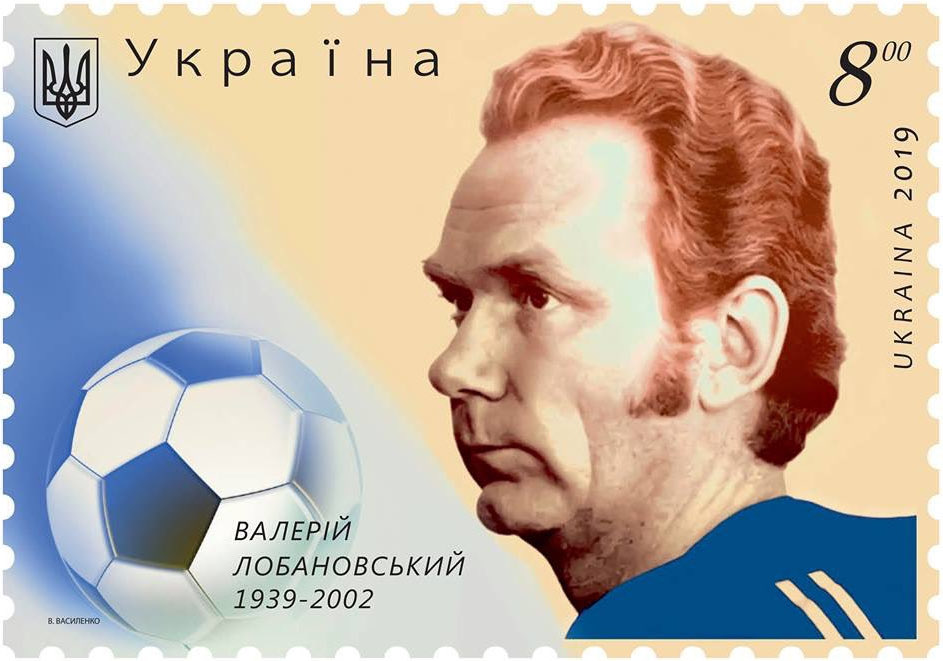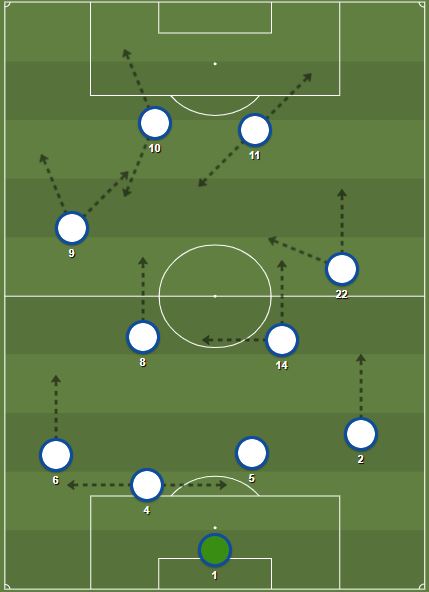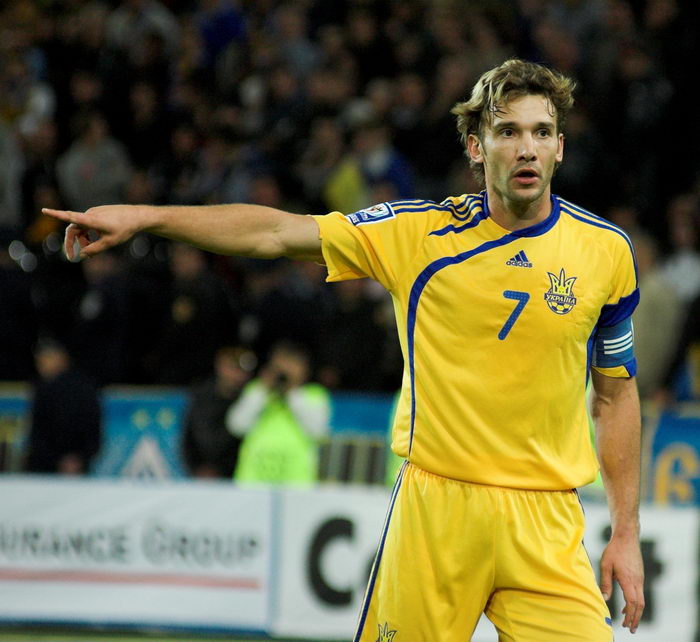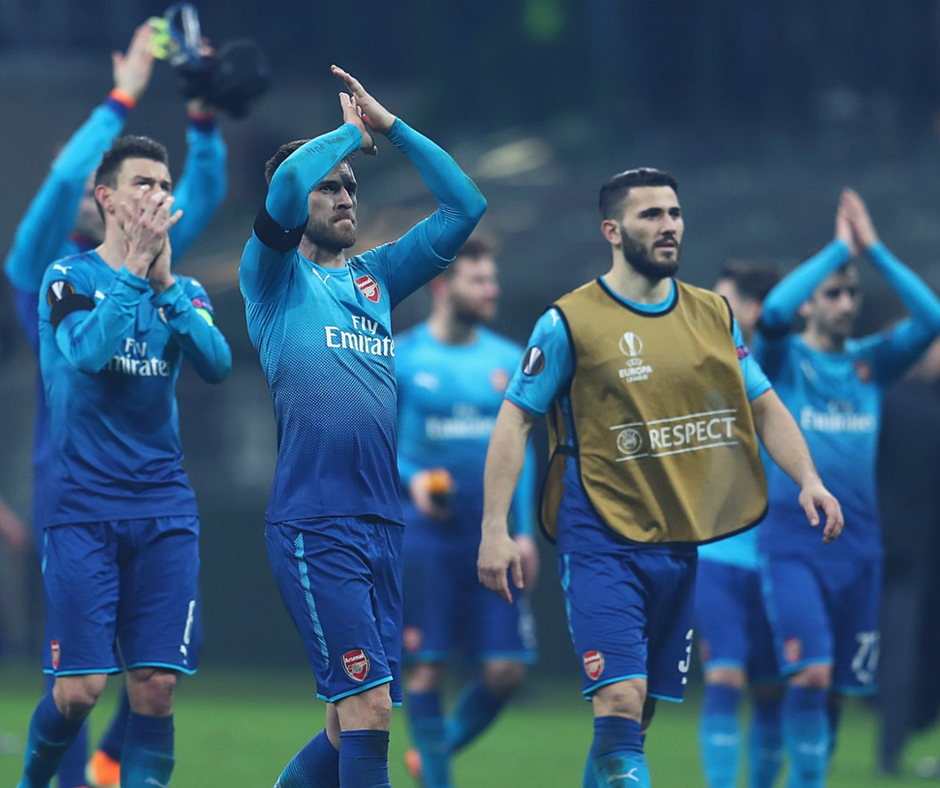Valeriy Lobanovskyi, a man who changed football forever, implemented science and statistics into the beautiful game.
Everyone these days is talking about Jurgen Klopp’s counter-pressing and Pep’s Guardiola total football. Let’s roll the time back and discover more about the man who was the first to implement the tactics and the workrates for each player individually on the pitch. Here are the iInnovations used today and who were the foundation that was built upon later.
Valeriy Lobanovskyi means more than the man who won 33 trophies in 32 years of managerial career (second only surpassed by Sir Alex Ferguson). He redefined football in many ways, being one step ahead of his times.
Lobanovskyi was an intense and excessive disciplinarian that sent a message to all his players that nobody was bigger or more important than the team. A team that works as a unit. Also and very important for his character he was erudite and studious, having a taste for research and discovery, having a vision of a new era in football. His background was scientific, and so he brought with him into football.
From engineering to European football glory
Lobanovskyi had studied heating engineering, at the Kyivan Polytechnic Institute, where he had been surrounded by technological advancement and the possibilities that came with it. There the first cybernetic institute was opened in 1957. Six years later the first prototype of the modern computer was developed in Kiev also and quickly became acknowledged as a world leader in automated control systems, artificial intelligence and mathematical modelling.
At 22 he won the league with Dynamo, but he was not satisfied with the feat.
“Yes, we have won the league,” he said, according to his friend Volodymyr Sabaldyr, a scientist and amateur footballer. “But so what? Sometimes we played badly. We just got more points than other teams who played worse than us. I can’t accept your praise as there are no grounds for it.”
But, Sabaldyr responded, that to win the title was a dream. “A realised dream ceases to be a dream,” said Lobanovskyi. “What is your dream as a scientist? Your degree? Your doctorate? Your post-doctoral thesis?”
“Maybe,” Sabaldyr replied. “But a real scientist dreams about making a contribution to scientific development, about leaving his mark on it.”
“And there you have your answer.”
Lobanovskyi had been a talented left-winger, an individualistic player, nothing in common with what he will become as a manager. He eventually fell out with Viktor Maslov, the great pioneer of the pressing game that he would take to new heights. The trigger for the breakdown of their relationship is still unknown to this day.
Zelentsov, the statistician and Lobanovskyi’s right-hand man
Eventually, after a chance meeting with the statistician Anatoliy Zelentsov at a party, football became for him a system of 22 elements – two sub-systems of 11 elements – moving within a defined area ( the pitch ) and subject to a series of restrictions (the laws of the game). If the two sub-systems were equal, the outcome would be a draw. If one was stronger, they would win.
Zelentsov worked from the premise that since a fraction of a second’s thought can be too long in modern football; a player had to know where to pass before he got the ball,” wrote Simon Kuper in his 1994 book Football Against the Enemy.“ To this end, Dynamo’s players had to memorise set plays, as if they were American footballers, and had to run off the ball in set patterns.”
Zelentsov was unerringly meticulous in his analysis. He theorised that a team would never lose a game in which they committed errors in less than 18% of the key moments. The combination of Zelentsov and Lobanovskyi resulted in a truly unique playing style: one that featured both swift, organised counter attacking and movement off the ball.
Howard Wilkinson, the former Leeds manager, said it more simply: “His sides were like basketball teams, they coordinated their movement beautifully and they were always athletic.”
Something that is very used today. If you closely look, these days players are well built and athletic.
The genius of Lobanovskyi didn’t stop there.
Everything at Dynamo was set up to ensure there were no weaknesses for opposition to exploit. Lobanovskyi insisted on the construction of a new training camp outside Kiev. Here there was a swimming pool ( used primarily for hydrotherapy ) and a winter garden. There were advanced medical facilities, a private operating theatre, and a pressure chamber used to simulate training at high altitude. Same patterns of a visionary that was living beyond his time.
Lobanovskyi, the father of Total Football?
In the Netherlands, football teams and managers were sharing his ideas, but where Lobanovskyi made the difference and kept the step ahead was his hard-pressing style from first principles, recognising the logic of the tactics Viktor Maslov had implemented intuitively.
Lobanovskyi and Zelentsov partnership brought for Dynamo twelve league titles, two Cup Winners’ Cups and one Super Cup. Success at his best even beyond the borders, conquering trophies in Europe also. The mark was made, the dream became a vision and the vision became reality. A legacy that will live forever.
Having 3 spells as a manager of the Soviet Union ( 1975-76, 1982-83 & 1986-90 ), international football proved to be different, having less time to prepare and work with the tactics, formations, players and implement science. In 1988 he lost the European Championship final against Netherlands, 1-0, Van Basten scoring a legendary goal that is considered a masterpiece even today.
After this round of spells he returned to Dynamo and they finished only 10th in the domestic league, doubts were growing about his methods. The more individualistic style of Dinamo Minsk and Spartak Moscow emerged. But Lobanovskyi remained confident in his science and philosophy. “A path always remains a path,” he said. “It’s a path during the day, it’s a path during the night and it’s a path during the dawn.”
Great footballers were born at the highest level of the beautiful game under his command and guidance Shevchenko, Rebrov, Kaladze, Protasov, Blokhin, Belanov, Baltacha are some examples of world class players.
In January 1997, Lobanovskyi returned to manage Dynamo Kyiv for a third time. The club by this time was failing to replicate his historical success. The club had no competition in Ukraine but failed to qualify at the group stage of the UEFA Champions League and was beaten by Neuchatel in the UEFA Cup.
A lifetime spent in football’s service
Lobanovskyi, however, managed to turn the club around quickly. Aside from leading the team to five consecutive championships, Lobanovskyi managed to build a team that reached the Champions League semi-finals in 1999. He was appointed as manager of the Ukraine national side in March 2000, but was sacked after the side lost a playoff to reach the 2002 World Cup.
Lobanovskyi suffered a stroke on 7 May 2002, shortly after his Dynamo Kiev side had beaten FC Metalurh. He died on 13 May, during brain surgery, following complications suffered after the stroke. Two days later, UEFA held a minute’s silence in his honour at the Champions League final.
The pioneer of modern, tactical football will be forever remembered, and never forgotten. Players that he grew and promoted still return to his burial location placed in Kiev, which is honoured with a monument. After his death, A.C. Milan won the Champions League in 2003 with Andriy Shevchenko in the team. After the victory Shevchenko flew to Kiev to put his medal by the grave of his former manager.
Lobanovskyi’s legacy
His amazing career received many distinctions as the Master of Sports of the USSR, the Distinguished Coach of USSR, and the laureate of the UEFA Ruby Order and FIFA Order of merit, the highest honour awarded by FIFA. In 2002 he was awarded the Hero of Ukraine award (posthumously), the highest Ukrainian honour, for his contribution to Ukrainian football.
Dynamo Kyiv’s stadium was also renamed the Lobanovskiy Stadium in his honour.
With the impressive advancements in modern football, it is important we remember the pioneers of such tactical innovations. Valeriy Lobanovskyi is one such innovator.
If you have similar interests in tactical analysis and player selection, we hope you will be joining fantasy football community of FootballCoin.
Eduard Dimiean
